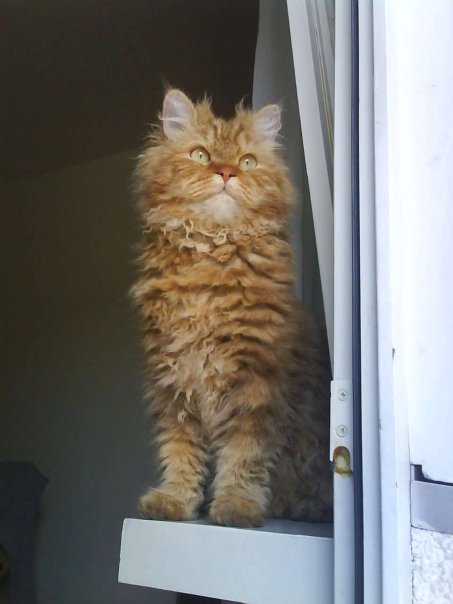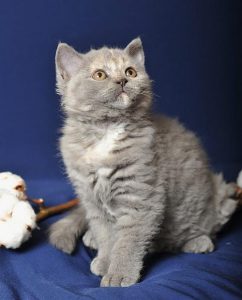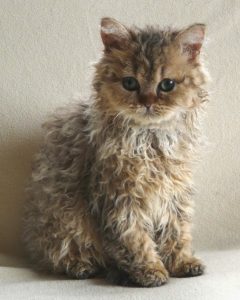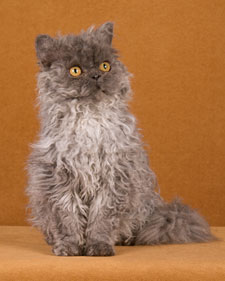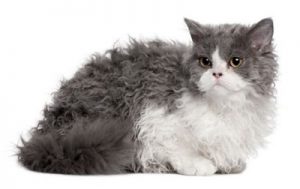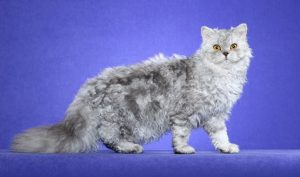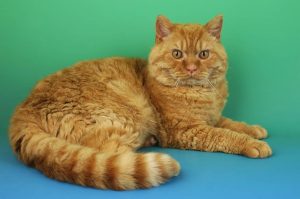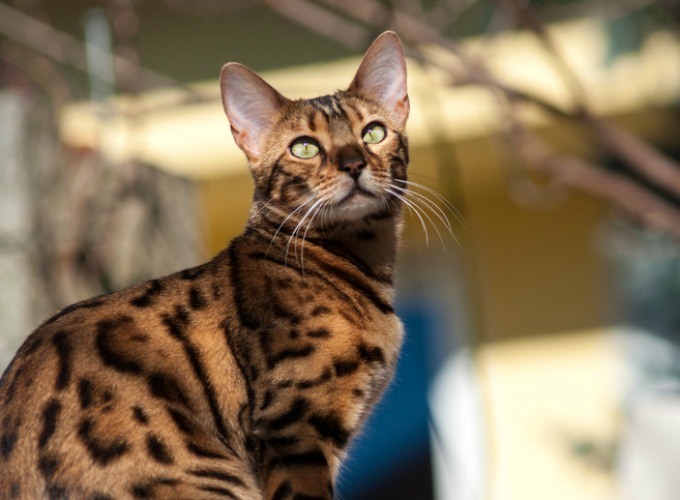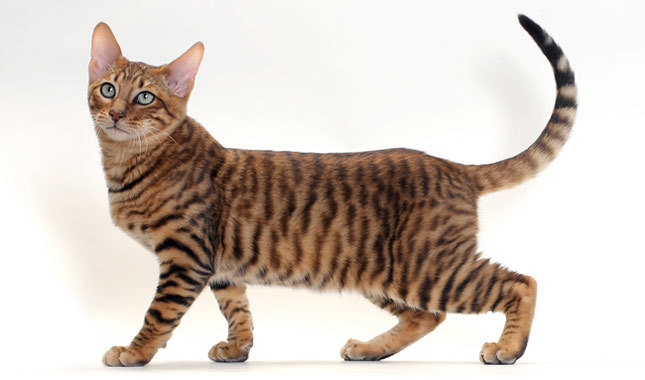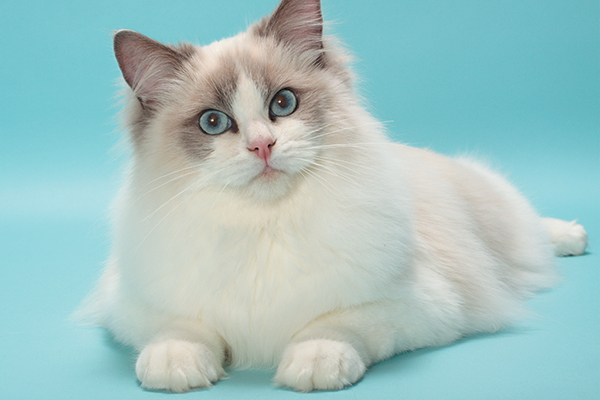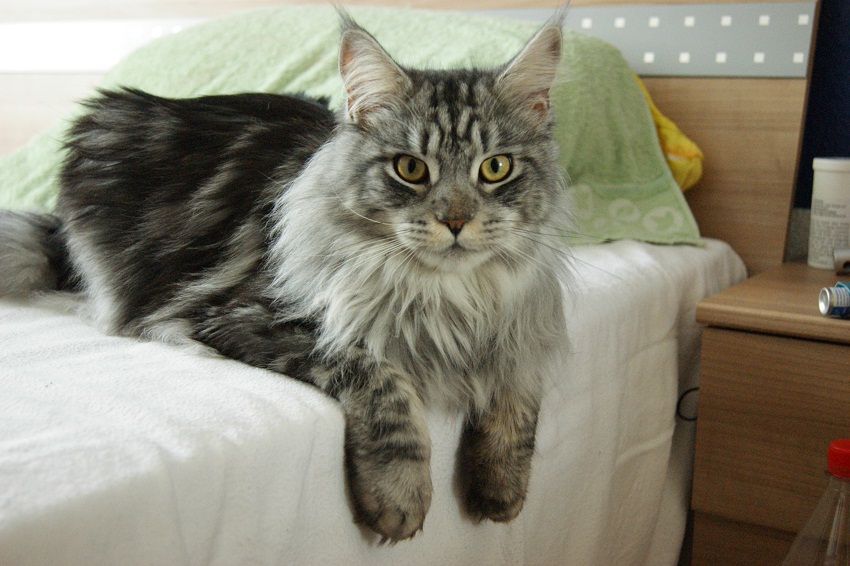Selkirk Rex is an American lap cat with a highly curled coat similar to a teddy bear, resulting from a spontaneous genetic mutation. These domestic felines are the latest introduction to the ‘Rex’ group of cats and come in two hair types – long and short. The curly-haired kittens can be well distinguished from their straight-hair siblings right at birth by their curly, brittle whiskers. These medium-sized cats are sturdy and heavy-boned, with a round face and a long tail.
Quick Description
Physical Appearance & Size
| Weight: | 11 – 16 pounds |
Colors & Patterns
Other Characteristics
| Life Expectancy (Lifespan): | 14 to 15 years |
| Litter Size: | 2-7 kittens |
| Personality Traits: | Patient, active, affectionate, playful, gentle, quiet, social |
| Shedding: | Average |
| Good with Children: | Yes (over six years) |
| Vocalization/Call: | Generally quiet |
| Hypoallergenic: | No |
| Country of Origin: | USA |
| Competitive Registration/Qualification Information: | TICA, ACFA, CFA |
History
Back in 1987, a Persian breeder in Montana, Jeri Newman, noticed that, one of the kittens in a litter of a feral cat has an unusually curly coat. She acquired the kitten with a wish to carry the rex gene.
Incidentally, this was a new ‘rex’ gene, which was the dominant gene for the curly coat. After 14 months, Newman bred her kitten with a black male Persian cat. Her cat gave birth to 6 kittens out of which 3 were definitely curly.
Later, in order to maintain the genetic diversity and to give a more pleasing appearance, Newman and other breeders outcrossed these kittens with more breeds like American Shorthairs, British Shorthairs and Exotics.
These cats started getting recognition by different cat associations between 1990 and 2000. The CFA started registering these cats in 1992.
Temperament and Personality
The Selkirk is a no-trouble cat. Its fluffy coat and clownish personality would keep you entertained all day. It is extremely patient and gentle and loves to be surrounded by people and hates being separated. This cat would always feel happy being in company with its owner and would even follow him around the house just for a little attention and cuddle.
They display a few of the characteristics of the breeds that were used for its development. Though curious and playful like the Exotic Shorthair, the Sel Rex is reserved and relaxed like the British Shorthair, but also cuddly like the Persian Cat.
Even at their adulthood they love playing with toys and play-things – be it a fishing-pole toy, a piece of paper, flashlight beam, or just a pestering dragonfly flying around. By nature, these cats are sociable and tolerant, thus are ideal for families with children.
Care
Brush your cat’s coat twice a week to remove dead hairs and prevent matting. But do not brush too often if you want to maintain its curly look. It is advisable that you take help from your cat’s breeder about the technique to brush your cat; else, you might end straitening your cat’s curls.
Bathing is not much necessary unless the cat is really dirty. If you do, use a moisturizing shampoo and then air dry it for a few hours in a warm place. If you dry it with a blow-dryer, your cat will get the look almost of a poodle’s.
Any eye discharge should be cleaned with a clean, sterile cloth to prevent infection. You must also keep an eye for ear infections or redness. Trimming the nails once a week is also necessary, just like brushing its teeth with a vet-approved toothpaste to ensure a good dental health. Also, keep the litter box of this hygienic cat as clean as possible.
The S. Rex is generally a healthy cat breed except the fact that, like all other cats, it might as well be vulnerable to picking up inherited diseases and problems. The best way to deal with this issue is to ask your breeder about the conditions that appeared in her line.
Some of the common genetic problems are: polycystic kidney disease (PKD), hypertrophic cardiomyopathy (HCM) and hip dysplasia. Annual vaccination boosters against the common feline ailments of flu, enteritis, and Feline Leukaemia (if they go outdoors) are advisable.
Training
Give them general house training like all other cats. Get them acquainted with the general rules and etiquettes it needs to know for its day to day life, like living in a human family, going outdoors, food habits etc. The extremely intelligent cat would grasp your training readily.
Diet/Feeding
Give your cat a regular diet of foods good for cats. However, to introduce a new diet plan, the new diet needs to be phased in a week’s time to replace the previous food. This minimizes the risk of diarrhea. Avoid cow milk, if you want to avoid loose stools. If your cat really loves milk, you can try milk meant for cats like Whiskas’ kitten milk.
Make sure that the diet you choose is wholesome, that is, contains all the nutrients your cat needs. For this, cat kibbles are safe in the sense that they won’t get spoilt even if left unconsumed. But that should be good choice of high-quality dry kibbles.
Raw milk and fish are recommended. However, for a change, you can also give occasional treats of cooked ham, chicken, fishes like tuna, herring, sardines etc., and lactic foods like grated cheese. A bowl of water should always be available.
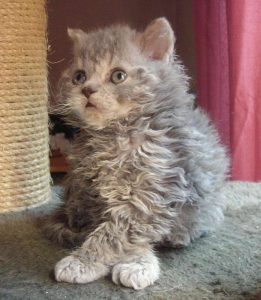
Selkirk Rex Kittens 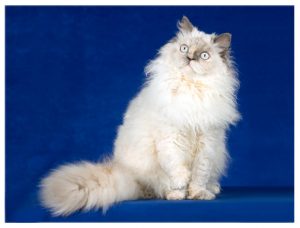
Longhair Selkirk Rex 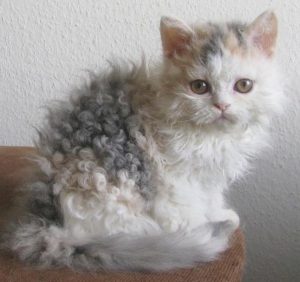
Selkirk Rex Kitten Pictures
Interesting Facts
- There are different views about how the Selkirk Rex got its first name. Some say, the first name ‘Selkirk’ is after the stepfather of its inventor Jeri Newman, while others say, it’s from the nearby Selkirk Mountains.
- The term ‘Rex’ has been added to indicate that the coat of this breed is curly.
- The kittens are born-curly. However, the curly hair naturally straightens after about 6 months from birth. The lamb-like fleece comes back again at 8-10 months of age.
- A litter can have both straight-haired and curly-haired kittens.
- Jeri Newman named the first kitten she adopted from a feral litter as Miss DePesto because of its frequent demands for attention.
- The Selkirk Rex is sometimes called the ‘cat in sheep’s clothing’.

